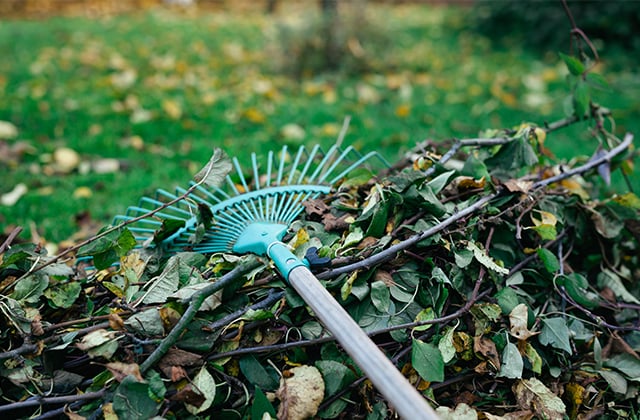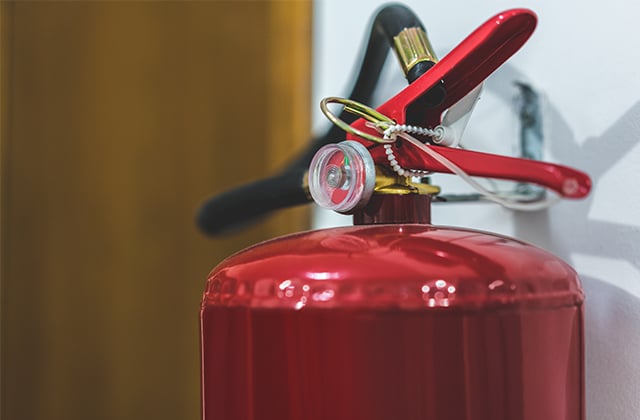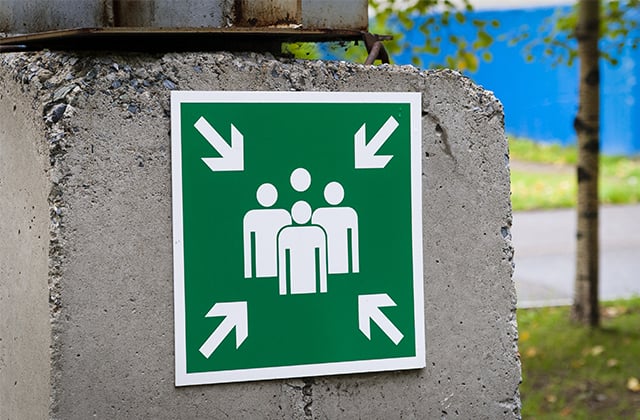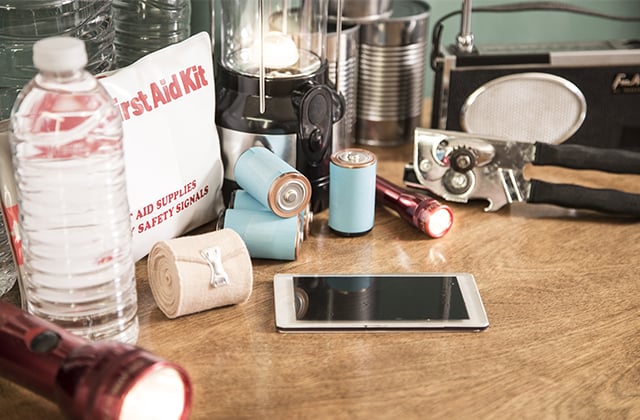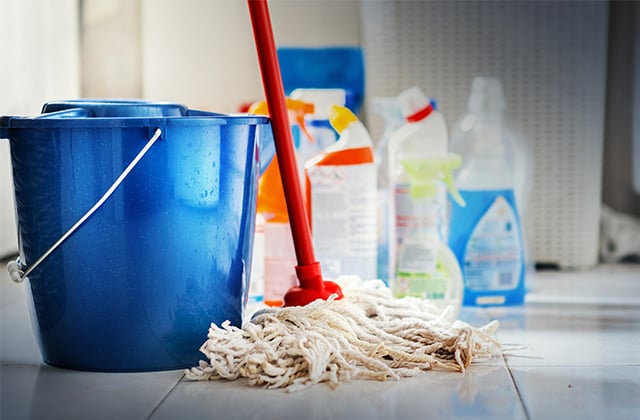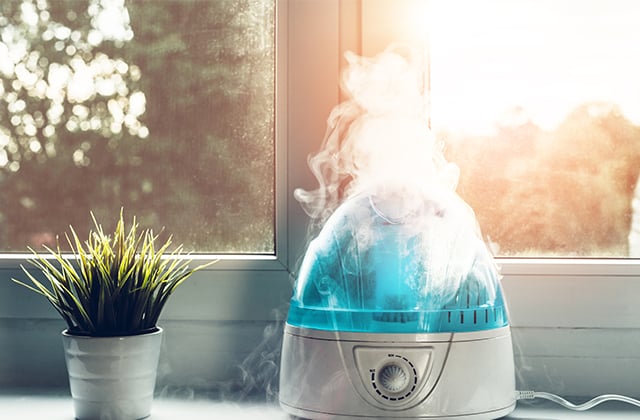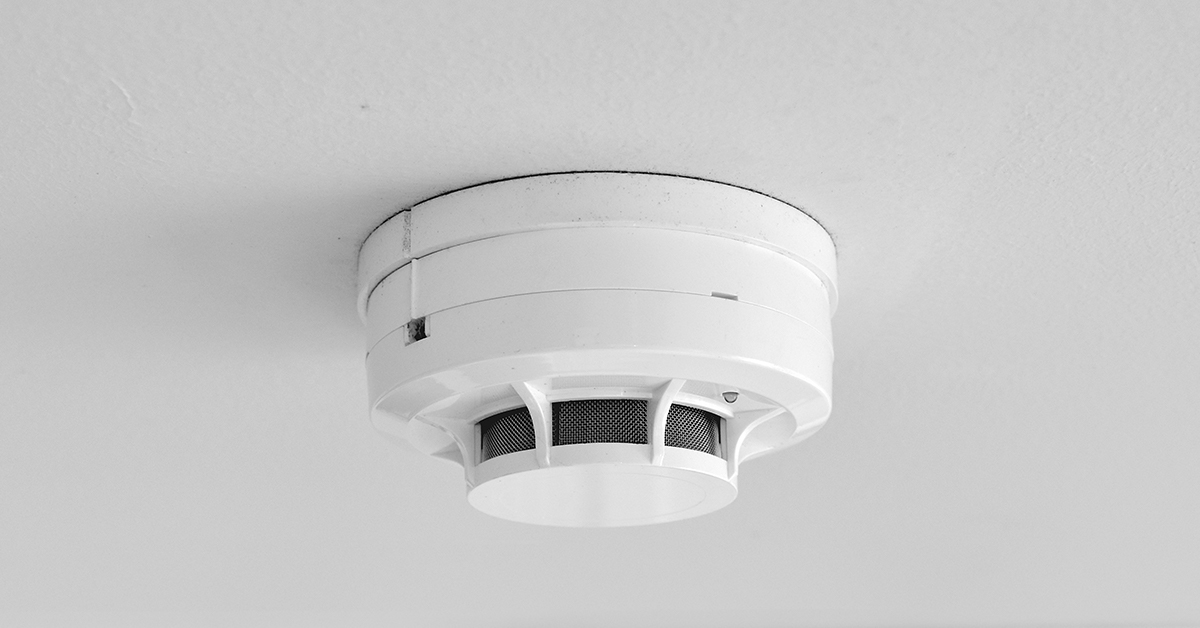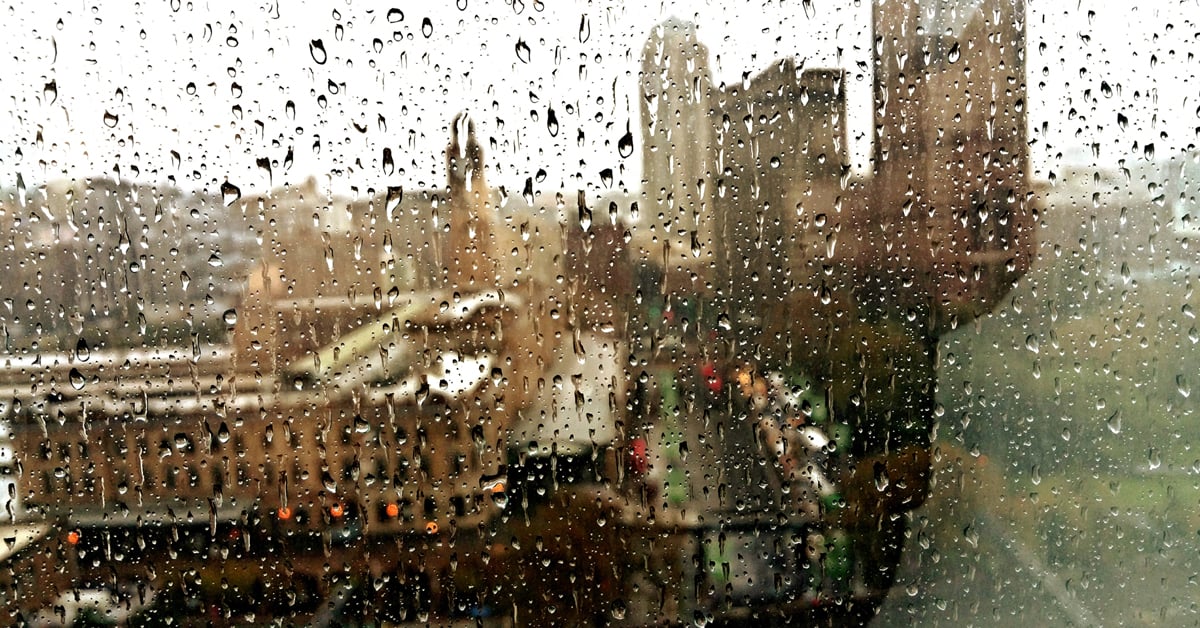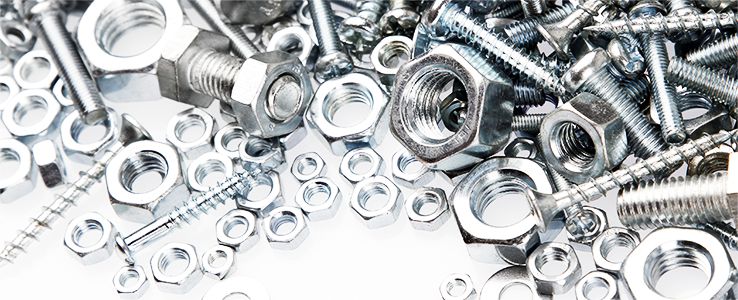Prepare your yard
One of the most effective ways to deter the flames of a forest fire from your property is simply to keep up with basic yard maintenance.
Reduce the combustibility of your landscape and decrease the chances that a fire will reach your home by cleaning up your yard of dry and dead vegetation. Rake any fallen leaves and clear any combustible materials, such as firewood, away from your home's foundation.
Mowing and watering your lawn on a regular basis will also help keep your grass and plants green, healthy, and resistant to ignition, creating a buffer zone between your home and an encroaching forest fire. Make sure your lawn mower is in good working condition so that you can easily keep your lawn in check.









